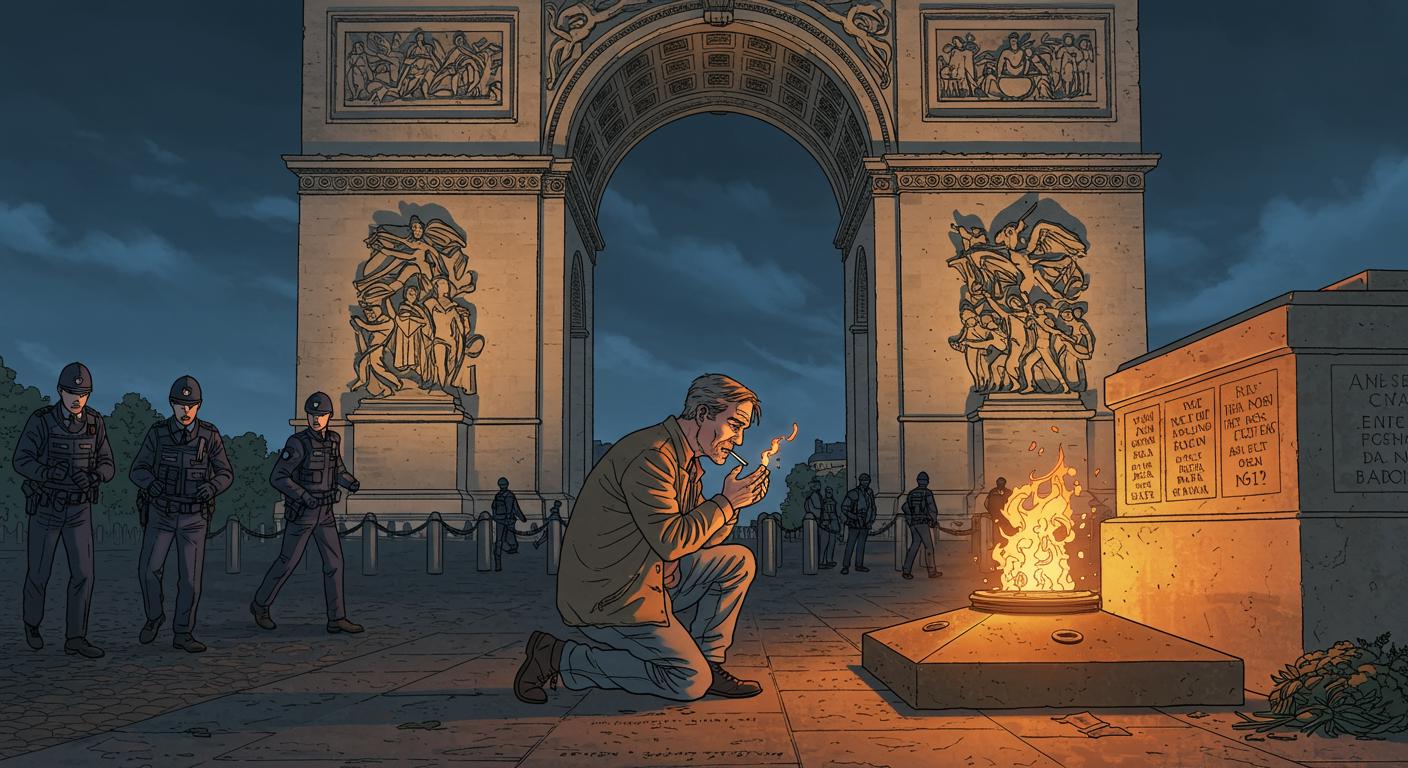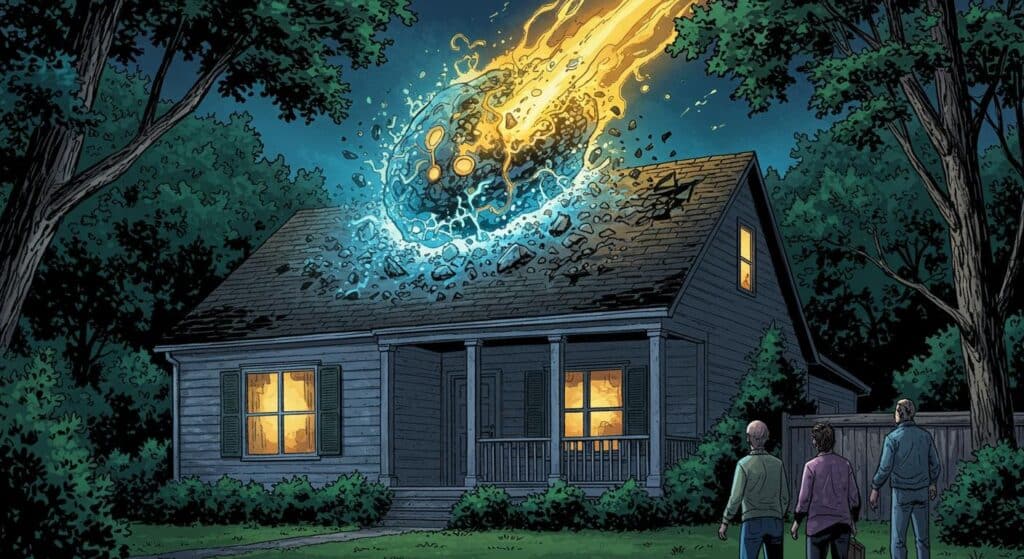Somewhere between the craving for a cigarette and the reverence for national symbols, one man found just enough middle ground to mount the shield of the Tomb of the Unknown Soldier beneath Paris’s Arc de Triomphe and use its eternal flame as a lighter. French officials and much of the public are, unsurprisingly, not amused. An event that might sound at home in a black-and-white slapstick reel instead sparked widespread outrage and talk of exemplary sanctioning, as RFI documents.
Immortality (of Memory) Meets Mortal Habit
Let’s set the scene: on the evening of August 4, a man—identified as a 47-year-old Moroccan national, reportedly homeless and legally residing in France until October 2025—was filmed approaching the monument, scaling the barrier, and kneeling on the overturned shield above the tomb to light his cigarette from the eternal flame. According to Yabiladi, which paraphrases Le Figaro’s reporting, the man is “well-known to the police,” with 21 previous entries in the criminal record system for offenses ranging from car theft and vandalism to assault and racially aggravated insults. He then casually climbed back over the fence and walked away as several onlookers—some in the midst of remembrance—watched.
Footage, captured by a Latvian tourist and initially posted to TikTok, quickly made the rounds on social media. As noted in RFI and further detailed by Financial Express, Interior Minister Bruno Retailleau confirmed both the man’s identity and arrest. The suspect confessed to the act and now faces the prospect of legal consequences under French Penal Code statutes covering desecration of burial sites or memorials—a charge that, per Yabiladi, carries penalties of up to one year in prison and a €15,000 fine.
Was the man simply desperate for a light, or was there some strange sense of defiance involved? While officials emphasize the insult against memory, the intent behind the act remains murky.
Flame, Fury, and French Symbolism
Official response was immediate and unsparing. Interior Minister Retailleau called for the perpetrator to be “brought to justice,” while Patricia Miralles, minister for veterans and remembrance, announced on social media that “a case will be filed immediately so sanctions can be imposed to make an example,” urging, “You cannot ridicule French remembrance and get away with it.” As Financial Express highlighted, Miralles also declared: “This flame does not light a cigarette, it burns for the sacrifice of millions of our soldiers. This is an insult to our dead, to our history and to our nation.”
National Rally MP Katiana Levavasseur amplified the sentiment, writing that this “tramples on respect and honour,” since the flame “embodies the sacrifice of those who gave their lives for our freedom,” as relayed by RFI. The collective message: some boundaries are non-negotiable—though apparently, they can occasionally be climbed over.
The monument’s gravity is built into its rituals: since 1923, the eternal flame beneath the Arc de Triomphe has honored France’s unknown war dead, with veterans’ groups carrying out a somber rekindling each evening at 6:30 p.m. The flame itself, as Financial Express notes, is set in a holder designed with a star encircling a sword’s hilt—symbolizing perpetual sacrifice. Even during World War II, it was only briefly extinguished and quickly relit. Oddly enough, accidents do happen—a tourist once managed to snuff the flame unintentionally—but these events have typically been met with some impatience rather than demands for imprisonment.
A Curious Case of Context
Public outrage this time, though, is heightened by both the setting’s emotional charge and familiarity with the man’s criminal history, as cited from Yabiladi’s summary of Le Figaro. The viral dissemination on TikTok only fueled the fire—how often do national monuments and everyday vices collide so spectacularly, especially under the scrutiny of a global audience?
Is it so far-fetched to imagine that desperation, thoughtlessness, or perhaps a moment of surreal impulse led to this collision of private need and public memory? “Desecration” is the legal term on the books, but human motivation remains elusive—few people would ever weigh national heritage next to the need for a cigarette and decide to blend the two, regardless of circumstance.
Reflection: Where Do Respect and the Ridiculous Meet?
A monument’s power isn’t solely in stone or flame but in this uneasy dance between collective memory and unpredictable individual action. This incident, simultaneously trivial and momentous, lands in a long tradition of history’s oddest trespasses: small acts with outsized resonance.
One might wonder, is it the act itself or the charged atmosphere surrounding such sites that draws sharpest condemnation? At what point does a desperate, perhaps oddly comical action, cross the invisible line from absurdity to sacrilege?
For now, beneath the Arc de Triomphe, Paris’s most enduring flame continues to burn, tended each night with intention—a silent witness to wars, memories, and, occasionally, the peculiar desperation of ordinary human beings.







